“They were an example of two people whose fire hadn’t been put out by life”: Laura McGann on The Deepest Breath
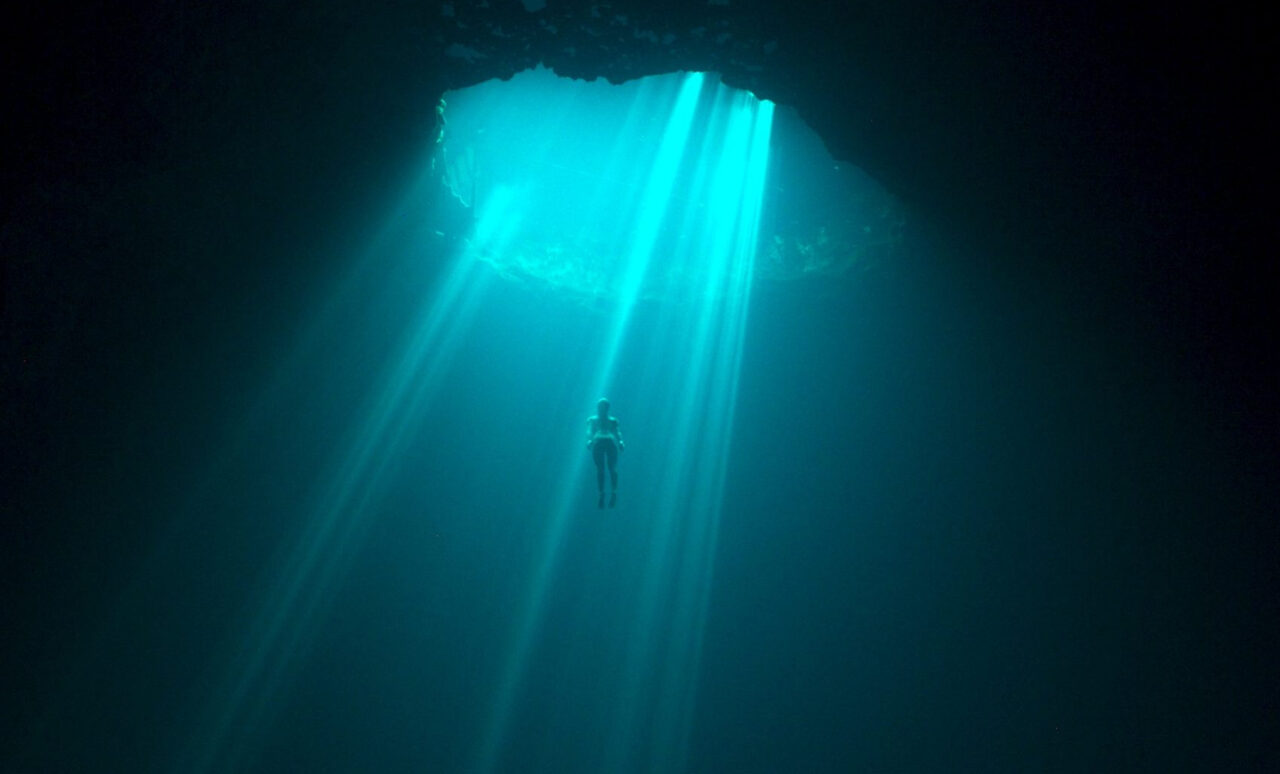
This beautifully shot documentary-style film by Laura McGann is a mesmerising ode to the art of freediving – underwater diving that relies on the individual holding their breath alone until they resurface, with no other apparatus such as what a scuba diver might use. The sport is extreme and comes with its own dangers: participants can suffer from life-threatening blackouts and irreversible lung damage. But, as McGann brings the reality of this sport to the screen, audiences are also treated to an array of stunning underwater locations and a captivating music score from award-winning British composer Nanita Desai.
The narrative follows Italian freediver Alessia Zeccini from the start of her career as a teenager through to being a record-setting champion. McGann uses original film clips from competitions, stunning footage of dives and interviews with the families to tell her story. After Zeccini meets expert safety diver Stephen Keenan, the two form an allegiance and push to win the world record. Unfortunately, as they tackle the Arch (located near Dahab on the coast of the Red Sea), tragedy strikes and the course of their entwined lives are changed forever.
The Upcoming had the pleasure of speaking to the director about what drew her to tell this incredible tale, what the process of shooting it was like, the locations used and what she learned about the freediving community, too.
Could you start by telling us a little bit about what The Deepest Breath is all about and what can audiences expect when they watch this documentary film?
The film is about two people who have a seed of a dream when they’re young and they follow their gut, they follow their instinct, they go against what’s expected of them and they end up meeting because they both follow their dream and get into freediving, becoming the best in the business. Then they have this connection with each other, which to us, the viewers, is completely expected because you can see that they’re almost like each other’s missing piece as they’re growing up. Then they decide to try to dive the Arch, which is one of the most challenging free dives that you can do.
What drew you to this story and made you want to tell it? How did you approach it so that you had a clear format and decide that it was going to be a documentary film, including interviews with their family members and original footage too?
I actually read about Stephen and Alessia in The Irish Times, and I didn’t know what freediving was. So I Googled “What is freediving?” and I was presented with the most stunning images of blue sea, just something I’d never seen before. I love Blue Planet and all those underwater wildlife things but this was almost like that for humans. Initially, I just went into a rabbit hole and you look up and it’s dark and hours have passed, but then once I knew there was a visually stunning component and once I got to know Stephen and Alessia’s story and learned a little bit about who they are, I just felt like this really spoke to me. I thought they were an example of two people whose fire hadn’t been put out by life. They had this lovely quality of curiosity I suppose a lot of adults kind of lose, and they had a love of nature and something special happened when they came together. There was just an awful lot to work with and once I started to reach out, there was a freediving photographer who was posting amazing images and so I got in touch with him initially and after that I found the freediving community wanted this story to be told. A lot of people ask me, “How did you convince people to be in the film?” There was no convincing, we’d have a queue of 50 people outside the door to be in this film; it was just the community really wanted it to be told. Even though it’s a difficult story and even though there are parts of it that the freediving community have been quite shy about, they’ve just become much more open. It was an amazing community to work with and to collaborate with on a film.
Within the first four minutes of the film, we see one of the divers dive down. It’s beautiful imagery to open with but then they lose consciousness, which for viewers is quite a dramatic start to the feature. Why did you decide to open with that?
There are two things you need to know for anything in this story to make sense. One is: what is freediving? The only way you can explain what freediving is, is to show the change in the colour of the water but also you need to sit through the time that it takes someone to dive 200 metres and the time that it takes to go back up. If you say, “Hold your breath for three minutes,” you can imagine that, but what’s next? Whereas if you’re showing that and asking the audience be part of that dive with the diver then that’s the only way you can learn what freediving is. It was a big ask. Myself and Julian, the editor, said to our producers, “The first shot is four minutes long,” and that’s not something that producers would generally react well to. I think they were nervous but once they saw it they were just like, “There’s no other way to start this up.” The second thing that was really important to me is that the audience know what the stakes are and that you can black out and safety divers will help you but this is what can happen. And so there was no point in me starting with any other point other than this.
In terms of the relationship between Alessia and Stephen: it’s so lovely to see it unfold because we see an intimacy between them but we never see them on screen romantically. So that’s kind of an open-ended question whether that happened or not. But it does capture the relationship and the trust between them as a diver and trainer. Did you see that kind of bond consistently within this community?
I suppose there’s a special thing that happens when as a diver, even if you don’t know your safety diver, when you’re about to do a dive, you are putting your life in their hands. You’re saying, “If something happens to me at whatever metres – ten metres, three metres – you’re going hold my nose and keep my mouth closed and you’re going to bring me to the surface.” Whether that person is a stranger or whether they’re your sister or your husband or your wife or your mother, that is a massive [case of] putting your trust in that person. So from that moment on, there’s an intimacy there between the diver and the safety diver and it’s an amazing trust game. I used to be in youth theatre and we used to do trust games, and this is the ultimate trust game. That’s very much how Stephen and Alessia met and then from that point on it clearly blossomed, but sadly it was just cut short, they never got to fully get to know each other.
Were you pleased to learn that Alessia carried on competing in freediving and kept Stephen’s legacy going after such a tragic moment?
Yes, about a month ago Alessia broke a record of 123 metres. In the film, she does 104. So anyone who was under any illusion in the film as to whether she was able to do the 104-metre dive, well she’s just added 19 metres to that record! She’s an incredible person and has continued to excel. It was important to me for people to see that she carries this with her, and it’s a heavy thing to carry, but she’s such an incredibly strong woman that she’s still been able to do the thing that she loves and I think the thing that she loves gives her back an awful lot as well. She’s just a mermaid, her home is in the sea, definitely. You can see that.
Can you talk about some of the locations that you used for the film?
Once I had interviewed everybody on Zoom, the research interviews, and we had a clear idea what the story was, we went and did more interviews in Dahab, in Egypt, in the Bahamas and in Nice, Rome and Dublin, asking people what was available archive-wise. We’d then [see] a photo of somebody with a GoPro camera in the back of the shop and ask “Who’s that?” They might say, “That’s Stefano.” We’d ask, “Does anybody know an email address for Stefano?” We’d then get to Stefano and he’d say, “Actually I have 500 gigabytes of Italian free diving competitions…” and that just kept happening over and over again. It was kind of surreal. So once we had all the archive down, I could see where there were gaps and what we needed to visualise in order to fully round out the scene and tell the story.
When we filmed in The Blue Hole in Egypt, which is a 100-metre sinkhole just 10 metres off the shore, there was so much coral around us and you can’t walk on it and I had this experience where I was swimming out doing breaststroke, looking at the little fish with my snorkel on and then the shelf just drops immediately. I kind of forgot where I was, it was just this blast of blue that came into my vision. All you can see is this beautiful bright light of blue. It’s definitely one of the things that as a human being I feel very grateful to have experienced. I’ve witnessed it with my own two eyes. So that was really incredible. And it also gave me a better understanding of why the freedivers do what they do because it’s so alluring. It’s the most beautiful colour I’ve ever seen in my life. And it draws you in and I got it. I thought it was important for me to try as the person telling this story to have a bit of an understanding of what it felt like.
We were also in the Bahamas at Vertical Blue, it was at Dean’s Blue Hole, I think that’s 200 or so metres, and that’s a completely different scenario from Egypt because you’ve got white sand and it’s very shallow water, so the water looks like it’s crystal clear but then you’ve got a black hole that goes down to 200 metres. And actually, if you go up onto the cliff you can look down and you’ll see that there’s a slight swirl. So there is this very slight drag down into the hole.
Then we also did a lot of our reconstruction in Mexico out in the sea with a fleet of freedivers. There were a couple of moments where – for example, in the Alessia rescue – people would have been filming Alessia or waiting for her to come up and we didn’t have a shot of Stephen waiting but he’s waiting for like, however many minutes, and we wanted to get a sense of the vastness of the ocean and that speck of dust being Stephen in the middle, waiting, holding his breath. And so we were out in the Caribbean Sea and there was the actor and the freediving cinematographer and all the safety divers and they were on scooters. [They’d scoot] down to 30 metres, and I’d be on the surface with my noodle – they made me carry a noodle – and they’d all go down and then they’d come back up and they’d show me the shot and I’d say, “Oh, that’s brilliant. Can you do that one more time?” And they’d be down again. It was just magical. It really was like having a fleet of dolphins on the team.
Obviously, there are huge differences between scuba diving, which is controlled with air tanks, and freediving where you hold your breath. The effects on the body are just immense with freediving because of that and can obviously be detrimental. Were you surprised to learn that some people still want to do it when it’s so risky?
Well, I didn’t even know what freediving was when I read the word for the first time. So after Googling “What is freediving?” at one point, it was an amazing learning curve for me to learn what happens to the body when the body is put under the kind of physical pressure from the amount of water above and around you. I suppose I found that incredibly interesting: the lungs shrink down to the size of a tennis ball and all of your blood – think of the mammalian dive reflex – all of your blood shunts to your major organs to make sure there’s loads of oxygen in them and this helps you to hold your breath for longer. It’s a reflex that we have as mammals that goes back to us being water creatures before we became land mammals. So I learned about what happens in your body when you go down to a certain depth. What was also fascinating is how the freediving community, for example, at a competition… the amount of organisation that goes into the risk assessments to make sure that if you have a blackout that there is safety there and they do everything they can to mitigate them.
Your previous work includes a documentary on the Irish roller derby called Revolutions, the Wartgirl comic drama series focused on an Irish girl and The End of the Counter about the end of small grocers in Ireland, and now this film brings the spotlight onto Stephen who was an Irish freediving instructor. Is it important for you to bring your Irish heritage into your storytelling as a filmmaker?
No. I’ve worked in Ireland predominantly but my work comes from the local kind of national TV and stories I’d hear. It’s nice to be able to make a story on this platform, to make a film on this scale that does have that Irish connection but you know, it’s not something that I would be seeking out. It’s the human condition that I’m interested in. So it’s a little bit of both.
What was it like to go and meet with the family members of Stephen and Alessia? How did that feel getting a backstory to them as well?
It just felt like such an honour to be let into Stephen’s and Alessia’s family. Both families had been through something so tragic, and it was just always really important to me to do the right thing by them, that this process for them would be something that they were glad they did. I’ve experienced grief myself, so I kind of did what I would want somebody else to do to me. It was the most important part of my job, respecting and looking after the well-being of the people involved in the project. That was always front and centre in my head.
What do you hope that viewers will take away from watching The Deepest Breath?
I hope that people can see past the “world’s most dangerous sports” view of freediving and see how beautiful it can be, how it can really transcend that idea of a dangerous sport and be something that is quite mindful and quite beautiful. But also that it’s the story of two people who had a dream and it’s like – you follow your dream and you never know where you might end up or who you might meet and is it worth it? Some say yes, some say no. It’s a very personal thing as to how you live your life. There’s a lot that I hope people would take home.
Ezelle Alblas
The Deepest Breath is released in select UK cinemas on 14th July and on Netflix on 19th July 2023. Read our review here.
Watch the trailer for The Deepest Breath here:

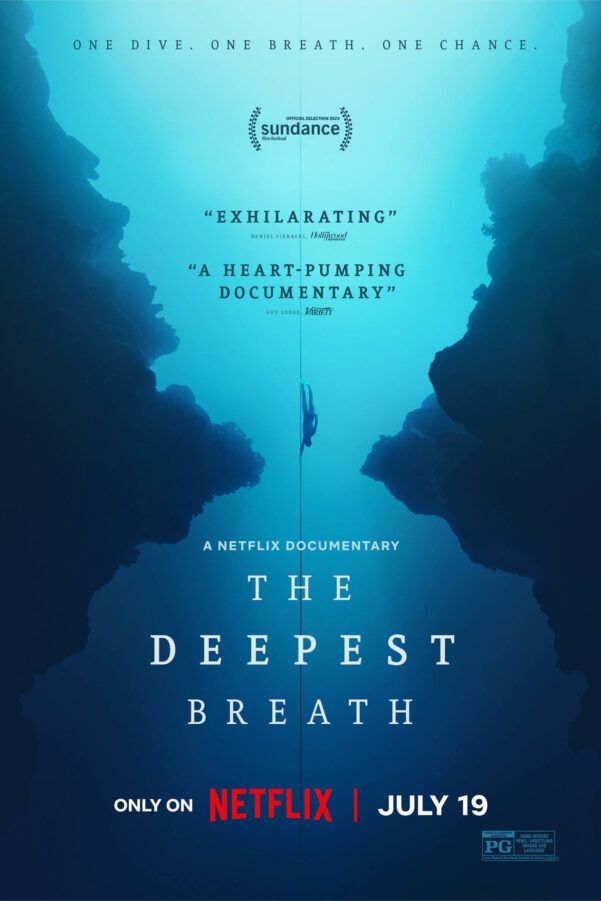
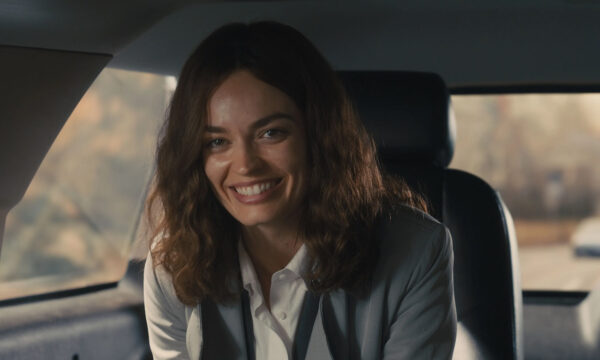
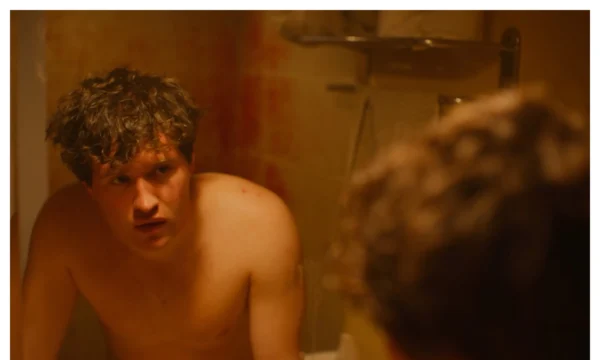

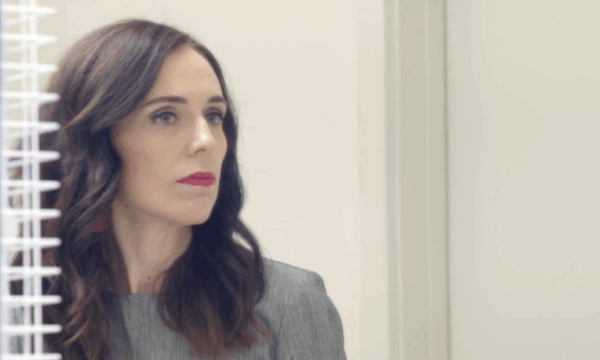
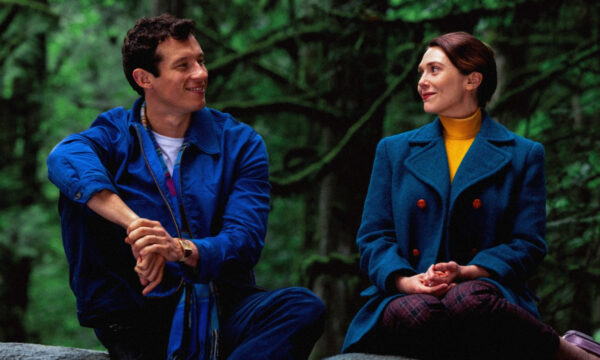
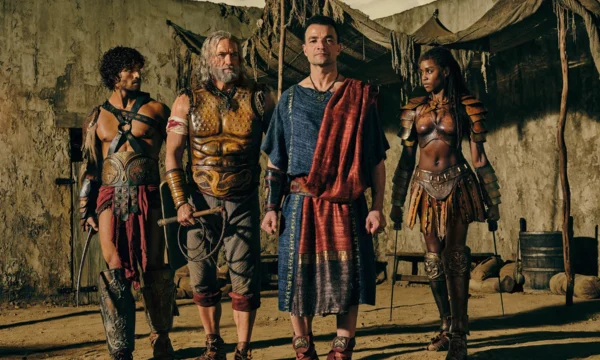
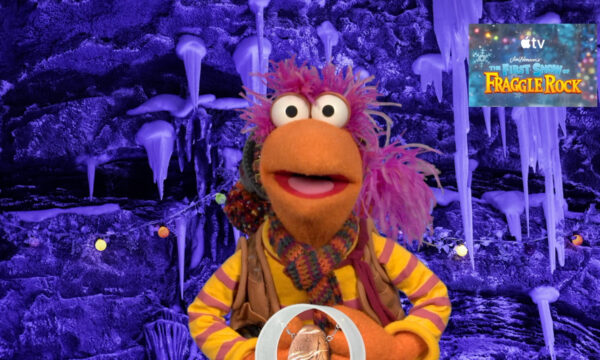
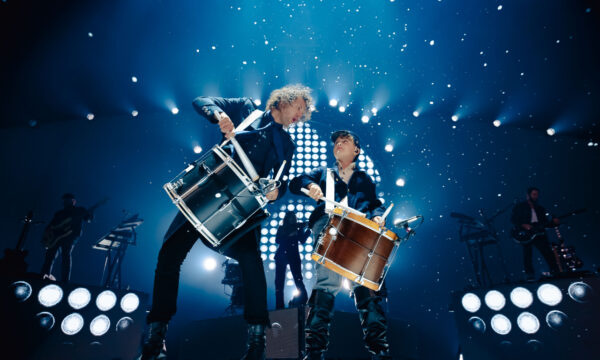

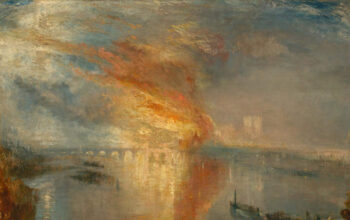
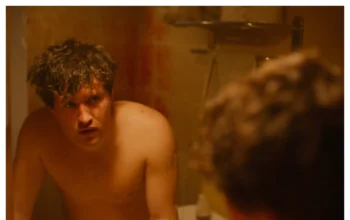

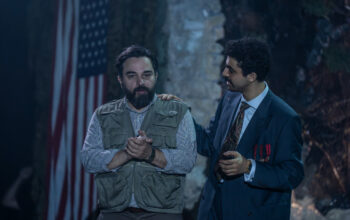

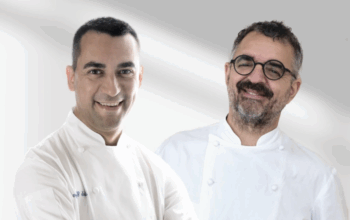
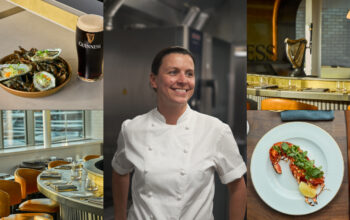



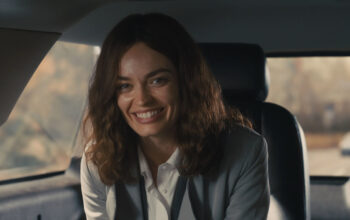


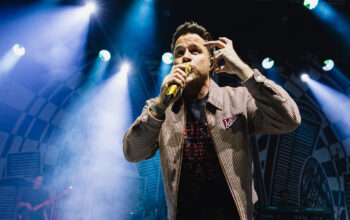
Facebook
Twitter
Instagram
YouTube
RSS